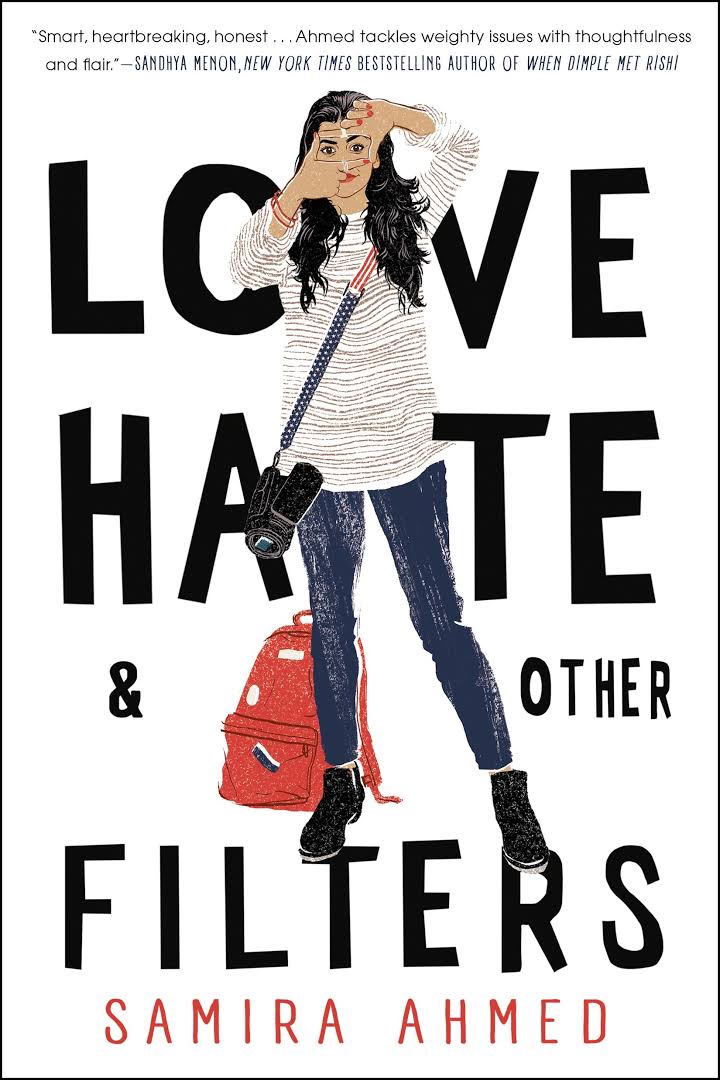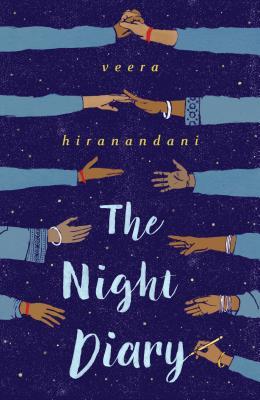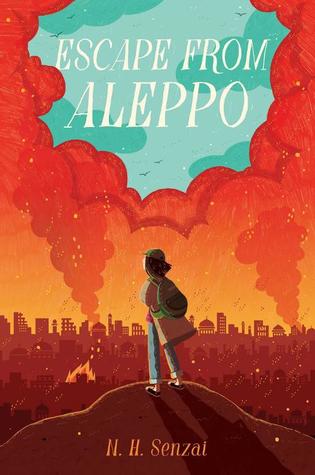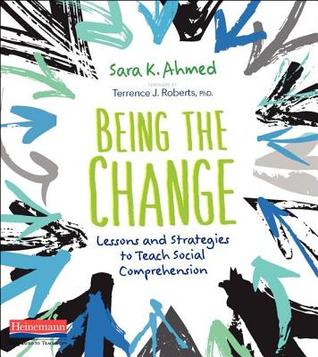Stories to Counter Islamophobia
Books to counter Islamophobia

Books can't save the world. They won't stop racism or deter hate. I have yet to see a conflict solved because somebody threw a book into the fray. However, I believe that stories can make changes. Stereotypes are stories we tell ourselves about those who are different from us. They are based in ignorance and are ugly. They are used to justify pettiness, hate, discrimination, and worse. If we want to change the world, we need to start telling different stories.
This week, I was teaching my students about stereotypes in social studies class, when a boy raised his hand. He wanted to share an example of a stereotype that frustrated him, namely when people say that all Muslims are terrorists. I nodded my head and told him this stereotype was a particularly harmful one. But this got me thinking, how can we stop this type of stereotype? What kind of stories should we be telling to create some change?
In this blog entry, I'd like to focus on stories that are useful for countering Islamophobia. As I have mentioned before, stories can be useful windows into other people's lives. They humanize people, make them relatable and understandable, and are a good first step to understanding the experience of others.
Identity and Acceptance
One type of story that is useful focuses on the theme of identity and acceptance. Often being a religious or ethnic minority in Canada is challenging. Muslim students in our schools must negotiate between their own culture and the dominant culture. Non-Muslim students can have trouble fully understanding what it is like to be caught in between worlds. Books like Amina's Voice, by Hena Khan, can be really helpful in demonstrating the struggle to establish one's identity and find acceptance. Such stories are useful tools for building empathy and understanding.
The past year has been an excellent one for featuring Muslim characters in middle grade literature. Check out my reviews of Wishtree, by Katherine Applegate, and Refugee, by Alan Gratz, for other books that focus on acceptance of young people who are Muslim. Both are phenomenal reads for fostering empathy.
Muslims as Average Teens
Not all books with Muslim characters need focus on themes of identity and acceptance. Reducing all themes surrounding Muslim characters to one single message is a disservice, since it limits Muslim teens' experiences to a single issue. When I read a book, I often look for characters that resonate with me, characters I can see myself in. If the only time I see these characters is when they are being bullied, I'd probably start to feel frustrated with my reading experiences.
Happily, diverse representations are out there if we know where to look. A great example is the graphic novel Brave, by Svetlana Chmakova. The book is about bullying, but a Muslim character is not the target. In fact, the secondary character Akilah is more of a dynamic whirlwind, actively reporting school news and even protecting the protagonist. I'm really happy to put this book into students hands because it shows a Muslim character as a regular student. Showing these types of representations is essential. For a non-Muslim student, it constructs an image of Muslims that is similar to their own self-image. The more often we can construct such images, the less likely stereotypes can take hold.
Muslims as Heroes
It is also essential that we tell stories of Muslims as heroes. In terms of non-fiction, I've talked previously about Malala's Magic Pencil and of course there is Malala's memoir. Honestly, I think my classroom library has four or five different books about her. Malala is very very well documented. And rightfully so; she is inspiring.
In fiction, I highly recommend the Ms. Marvel graphic novel series by G. Willow Wilson. This series became Marvel's first one to be headlined by a Muslim character and it is groundbreaking. It stars Kamala Khan, a Pakistani American teenager who discovers she has superpowers. Kamala is caught between the traditions of her family and life as a an American teenager, which sometimes causes her to rebel. At the same time, she deals with issues that would be familiar to any teen, like crushes and curfews. As a teen, Kamala is relatable. As a superhero, she is brave, self-sacrificing, and inspiring. While these are common comic book tropes, in applying them to a Muslim-American, they offer extra power in dispelling stereotypes.
Stereotypes are built out of ignorance. When we offer students images of young Muslims who are heroes or who are just like them, we help disrupt the narrative on which stereotypes rely. The more often students encounter stories that help them better understand others, the more empathy they will have. Now more than ever these types of stories are essential for building a more beautiful world.
Update
Here are more books featuring Muslim characters that are highly recommended:
- Sadia, by Colleen Nelson

- Love, Hate & Other Filters, by Samira Ahmed

- The Night Diary, by Veera Hiranandani

- Escape from Aleppo, by N.H. Senzai

- And an excellent book for teachers to help students navigate tough issues: Being the Change, by Sara K. Ahmed






